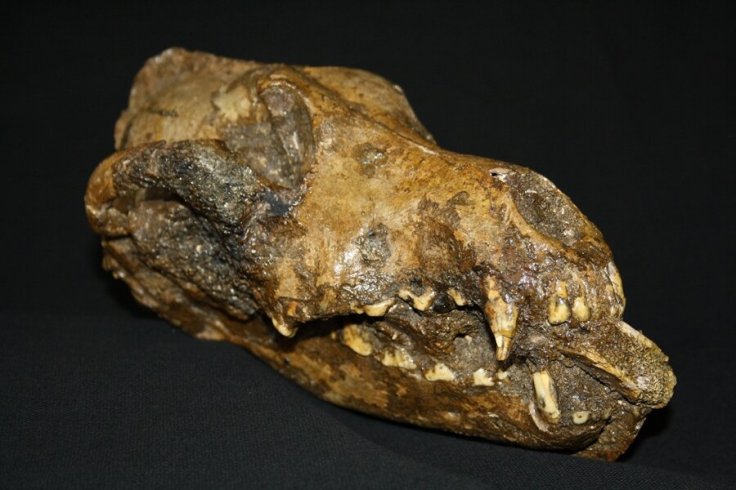When it comes to the domestication of dogs, who are usually called as "Man's best friend," the ancient history takes us to thousands of years ago when the friendship between the canine and humans built up. As per the experts, this bonding actually originated when humans needed help with herding and hunting, as well as safety during the ancient times and in return, dogs received companionship, protection, shelter, and a reliable food source.
When researchers studied dog history using mitochondrial DNA they came to know that the wolves and dogs split into different species around 100,000 years ago. Even though mtDNA analysis has shed some light on the domestication events which is believed to have occurred between 40,000 and 20,000 years ago.
Recently researchers analyzed Paleolithic-era teeth from a 28,500-year-old fossil in the Czech Republic which showed that two groups of canids, one dog-like and the other wolf-like, had different diets in during ancient times.
Research on Paleolithic-era teeth

As per the study, which was published recently in the Journal of Archaeological Science, researchers performed dental microwear texture analysis on a sample of fossils from the Předmostí site. It should be mentioned that these fossils contained both wolf-like and dog-like canids, which are actually the mammals of the dog family.
The research which was co-directed by Peter Ungar, Distinguished Professor of anthropology at the University of Arkansas, noticed distinctive microwear patterns for each canid morphotype. In comparison to the wolf-like canids, the teeth of the early dogs, who are named as "protodogs" by the researchers, showed evidence of larger wear scars that indicated a diet which included hard, brittle foods. On the other hand, in terms of wolf-like canids, researchers noticed that they had smaller scars which suggested that this kind of ancient animals consumed more flesh, probably from mammoth.
The finding on ancient Canidae
Ungar stated that the consumption of hard objects by this ancient Canidae suggested that they likely consumed bones and other less desirable food scraps within human settlement areas. This finding also helped to support the evidence that there were two types of canids at the site with a distinct diet, which is consistent with other evidence of early-stage animal domestication.
In addition, Ungar said, "Our primary goal was to test whether these two morphotypes expressed notable differences in behaviour, based on wear patterns. Dental microwear is a behavioural signal that can appear generations before morphological changes are established in a population, and it shows great promise in using the archaeological record to distinguish protodogs from wolves."
However, there are debates about animal domestication and why wolves were first domesticated to become dogs. But as per the researchers, the timing of the domestication process is important to understand early cognition, as well as behaviour and the ecology of early Homo sapiens.
Ancient canids domestication
As per a research team led by bioarchaeologist Greger Larson, while ancient Asian dogs originated from a domestication incident from Asian wolves at least 12,500-year-ago, European Paleolithic dogs originated from an independent domestication event from European wolves at least 15,000-year-ago.
Later, during the Neolithic period, the Asian dogs were taken to Europe by humans where they displaced European Paleolithic dogs. This event could answer why early DNA analysis revealed all modern dogs were descended from one domestication event and the existence of two domestication incidents from two different locations.









